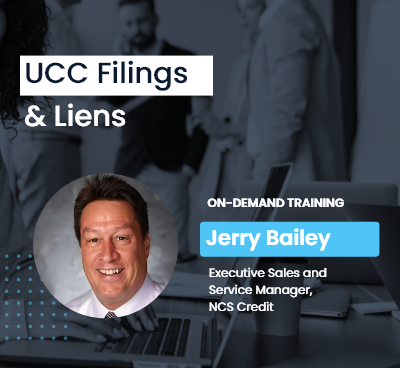
We always enjoy reading Warren Buffett's annual letter to shareholders of Berkshire Hathaway. If you are an investor, financial analyst, or student of business (which all in credit should be) they're must reading. If you want to learn to think like a business owner or a sound analyst, they're always filled with nuggets.
In this year's letter, as always, he breaks down Berkshire's "GAAP" (Generally Accepted Accounting Principles) numbers versus "non-GAAP" numbers and explains the reasoning this way (see page 13 of his letter):
Our income and expense data conforming to Generally Accepted Accounting Principles ("GAAP") is on page 29. In contrast, the operating expense figures above are non-GAAP and exclude some purchase-accounting items (primarily the amortization of certain intangible assets). We present the data in this manner because Charlie (his partner Charlie Munger) and I believe the adjusted numbers more accurately reflect the true economic expenses and profits of the businesses aggregated in the table than do GAAP figures.
I won't explain all of the adjustments - some are tiny and arcane - but serious investors (our addition: or credit analysts) should understand the disparate nature of intangible assets: Some truly deplete over time while others in no way lose value (our italics). With software, for example, amortization charges are very real expenses. Charges against other intangibles such as the amortization of customer relationships, however, arise through purchase-accounting rules and are clearly not real costs. GAAP accounting draws no distinction between the two types of charges. Both, that is, are recorded as expenses when earnings are calculated - even though from an investor's viewpoint they could not be more different.
In the GAAP-compliant figures we show on page 29, amortization charges of $648 million for the companies included in this section are deducted as expenses. We would call about 20% of these "real," the rest not.
![]() When Wall Streeters tout EBITDA as a valuation guide, button your wallet.
When Wall Streeters tout EBITDA as a valuation guide, button your wallet.![]()
So, when examining your customer's financial statement, are you aware of what is a real amortization expense vs. one that's not real? If you are to accurately assess a customer's prospects, this is a very important distiniction.
He goes on to note that:
Every dime of depreciation expense we report, however, is a real cost. And that's true at almost all other companies as well. When Wall Streeters tout EBITDA as a valuation guide, button your wallet. Our public reports of earnings will, of course, continue to conform to GAAP. To embrace reality, however, remember to add back most of the amortization charges we report.
So, to sum up, when looking at the health of a business:
- Amortization of items such as software are real expenses; amortization of the cost of a customer base or a business is (presuming the items in question had actual worth) are not real expenses.
- Every dime of depreciation expense is a real cost. To think "EBITDA" ("Earnings Before Interest Taxes, Depreciation & Amortization") is an accurate picture of the long-run earnings and costs is unrealistic.
 |
Editor
|
.png)
|
 |
 |
|||||||||||